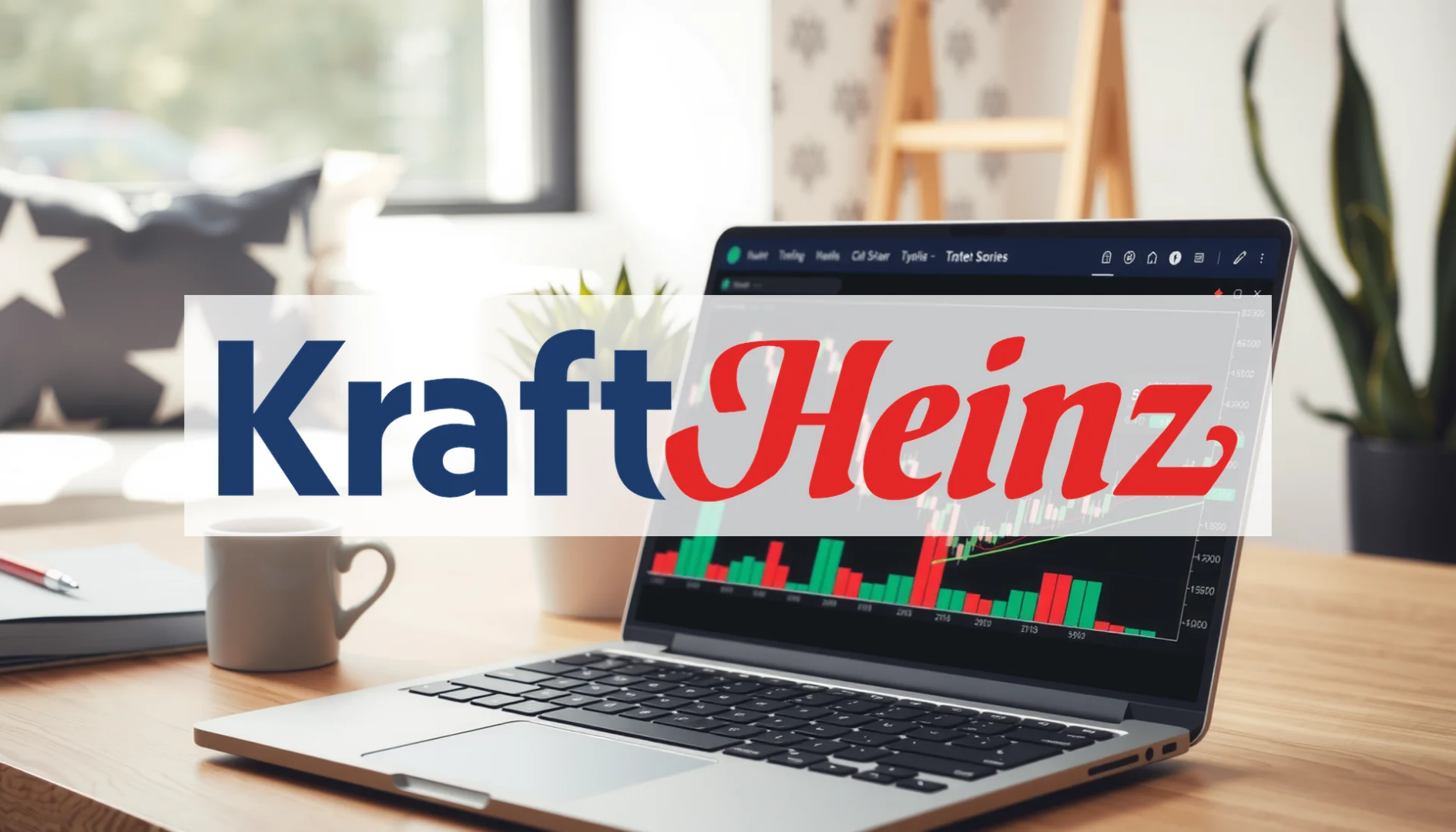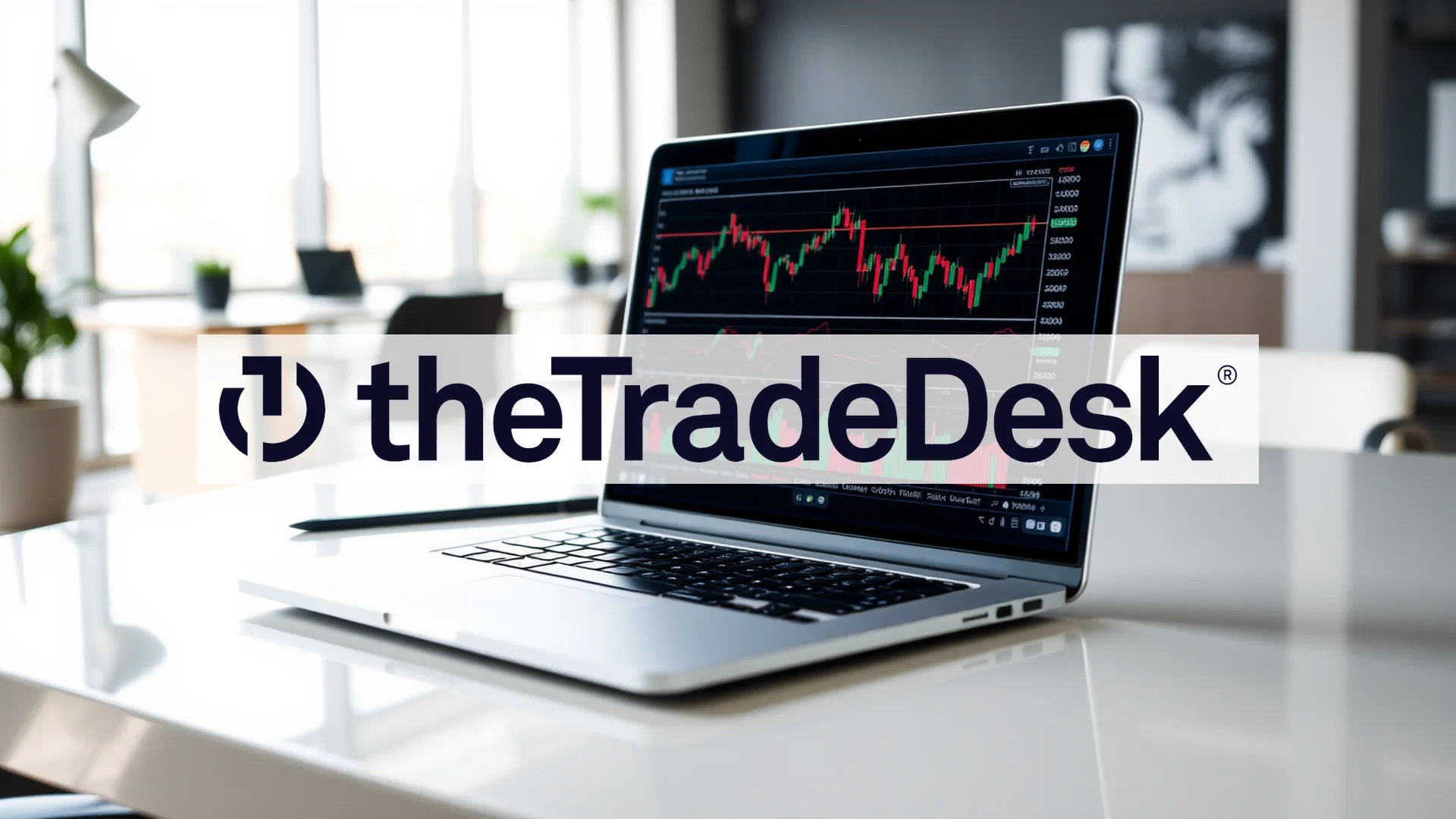In a stunning reversal of corporate strategy, Kraft Heinz has revealed plans to completely unwind its massive 2015 merger by splitting into two independent publicly traded companies. The $46 billion union that once represented a grand vision for the food industry is now being dismantled, leaving investors to question whether this represents a strategic masterstroke or an admission of fundamental failure.
Market Reaction and Historical Context
The announcement sent Kraft Heinz shares tumbling 6.4% in Tuesday’s trading session, marking the most significant single-day decline since May 2022. This unanimous board decision effectively dismantles the original vision championed by Warren Buffett and 3G Capital, proposing a tax-free separation of the business into distinct entities.
The move comes against a troubling backdrop: Kraft Heinz stock has lost approximately 60% of its value since the 2015 merger, with the company continuing to struggle against declining sales and substantial debt burdens. The separation now appears designed to salvage value where consolidation ultimately failed to deliver.
The New Corporate Structure
Under the proposed split, two distinct companies will emerge with clearly defined portfolios. The first entity, temporarily designated “Global Taste Elevation Co.,” will incorporate the faster-growing international brands including Heinz Ketchup, Philadelphia cream cheese, and Kraft Mac & Cheese. This division generated $15.4 billion in 2024 revenue, with emerging markets contributing 20% of its sales, positioning it as the growth engine of the separation.
The second company, “North American Grocery Co.,” will focus on traditional U.S. household brands including Oscar Mayer, Kraft Singles, and Lunchables. Despite generating $10.4 billion in annual revenue, this segment is viewed as having limited growth potential—a primary source of investor skepticism regarding the separation.
Should investors sell immediately? Or is it worth buying Kraft Heinz?
Divergent Analyst Perspectives
Wall Street analysts have expressed conflicting views on the strategic move. Morgan Stanley surprisingly upgraded Kraft Heinz from “underweight” to “equal weight” while raising its price target to $29. Analyst Megan Alexander suggested the negative thesis had “largely played out” and that current estimates appeared “more realistic.”
In contrast, Mizuho analyst John Baumgartner maintained a cautious stance, noting that while the separation might establish a “floor under the stock,” fundamental growth concerns would likely constrain significant upside potential.
Execution Challenges and Timeline
The corporate divorce carries substantial financial implications, including approximately $300 million in annual additional costs resulting from lost synergies. The separation also represents one of the most significant corporate splits in recent memory, introducing considerable execution risk during the transition period.
The transaction is scheduled for completion in the second half of 2026, providing ample time for further market volatility as details emerge. Whether this radical move will ultimately create two stronger competitors or simply formalize the breakdown of a failed vision remains uncertain.
Ad
Kraft Heinz Stock: Buy or Sell?! New Kraft Heinz Analysis from October 28 delivers the answer:
The latest Kraft Heinz figures speak for themselves: Urgent action needed for Kraft Heinz investors. Is it worth buying or should you sell? Find out what to do now in the current free analysis from October 28.
Kraft Heinz: Buy or sell? Read more here...










